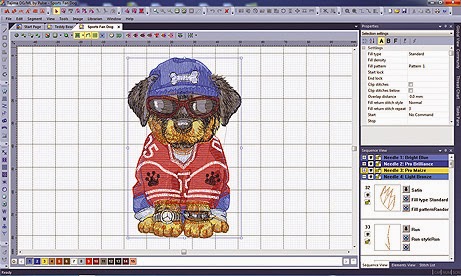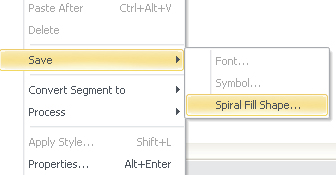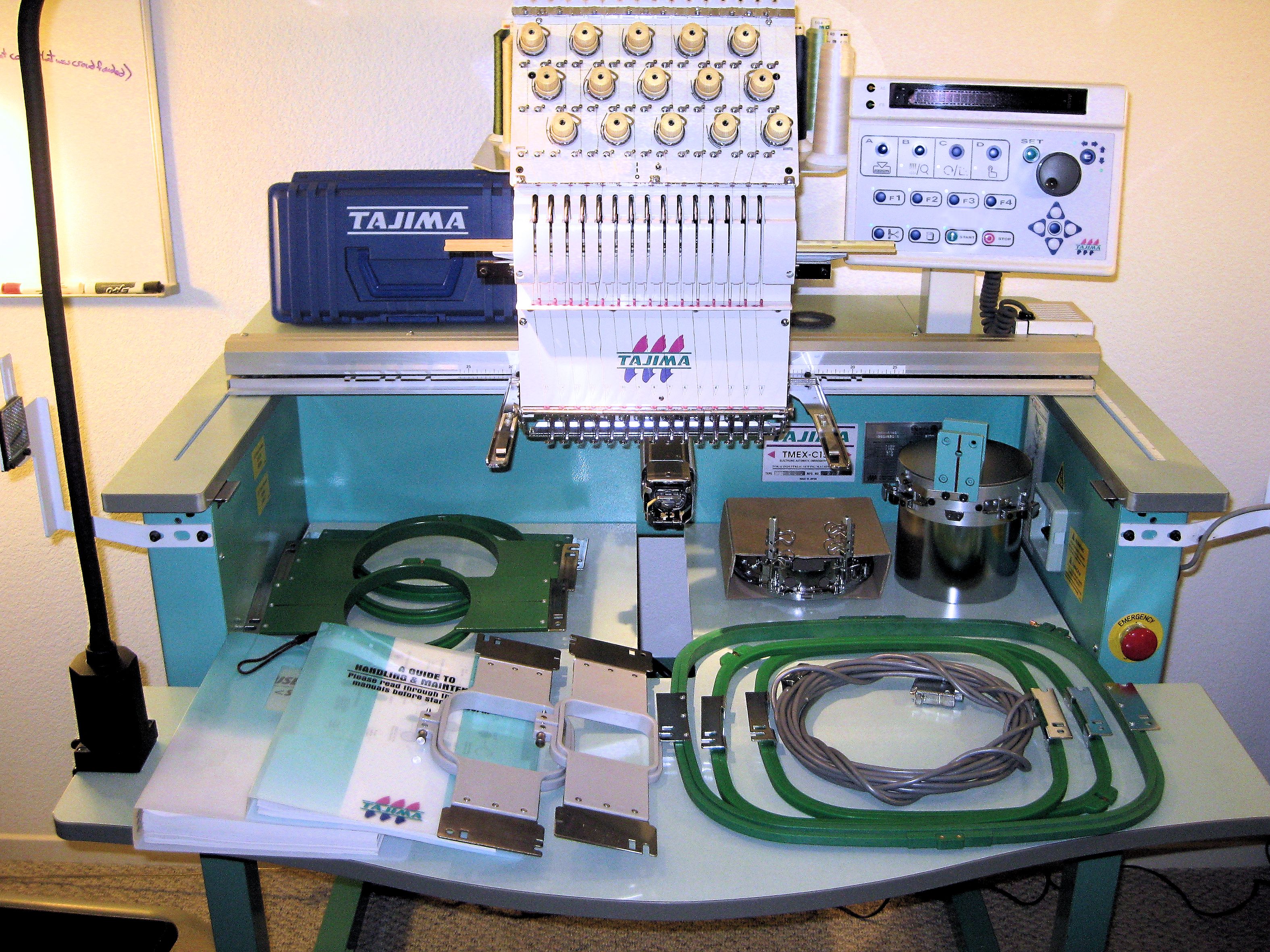

TAJIMA PULSE DIGITIZE 3D HOW TO
Our Digitizers Dream Course gives a hands-on approach to learning how to digitize for better, quicker results.

If you want to understand how to use underlay within your embroidery, allow me to make it easy for you… We have a complete underlay video guide included as a bonus within the first level of our Digitizer’s Dream Course. Now, we have an easier solution than wasting time figuring out the rules of underlay for yourself or trying to piece together dozens of videos/articles posted online like a broken jigsaw puzzle. However, knowing all the correct values requires tons of experience. It can be challenging to learn which underlay to use for specific stitch types, the width required based on the objects being digitized, and the settings for all the varying fabric types available to sew on. This is where I feel most embroiderers struggle.
TAJIMA PULSE DIGITIZE 3D SOFTWARE
Many software brands in today’s market allow you to choose and control the type of underlay and the properties assigned to the objects you create. If any of those stitches are exposed after the design is finished embroidering, they will not be noticeable because the colors match. If you match the first thread color as close to the color of the cap, it’s a good safeguard. I generally leave the underlay stitches I’ve just created as a separate color change and then simply move it up in the stitching order, so it embroiders first. This really does help provide a foundation for designs that may not have been pathed to consider the curved surface of a cap. Think of it as moving back and forth, slowly smoothing out the curved surface from the center and eventually hitting the outer limits in each direction. Then I’ll do the next pass 20-30mm and so on. Once I’ve digitized the vertical stitch, I’ll next start to digitize a horizontal stitch from the center out (maybe 10-15mm to either side). We call it a stitch in the ditch the running stitch going up and down a few times will fill in the center seam, and the embroidery will then look flatter in that area.

You can lose a letter i in the seam of a cap, and if you’re running a fill stitch horizontally, the stitch can change in appearance when they go over the center seam. The reason why is because in the very center of any 6-panel cap is the seam that center seam is the Bermuda Triangle of embroidery! The first thing I would do is digitize 4-5 vertical running stitches up and down on the very center of the design.

Interested in learning more about embroidery & digitizing for cap hats? Check out the rules we suggest following for best-embroidered results by clicking our Complete Machine Guide on How to Embroidery Hats & Caps here.ĭigitizing for a curved surface is an entirely new subject unto itself, but what do you do if you’ve been given a design that is not registering correctly and may not have been digitized properly for a curved surface? In this situation, I would bring the design into my digitizing software, keeping in mind that I will digitize a running stitch right on top of the designs. Caps can be one of the most challenging items to digitize for and embroider on because the surface of the hat is not flat. This quick edit technique is also very practical with finish caps. In-the-Hoop Projects: Zipper Insertions.Digitizer’s Dream Course Overview & Level 1.


 0 kommentar(er)
0 kommentar(er)
